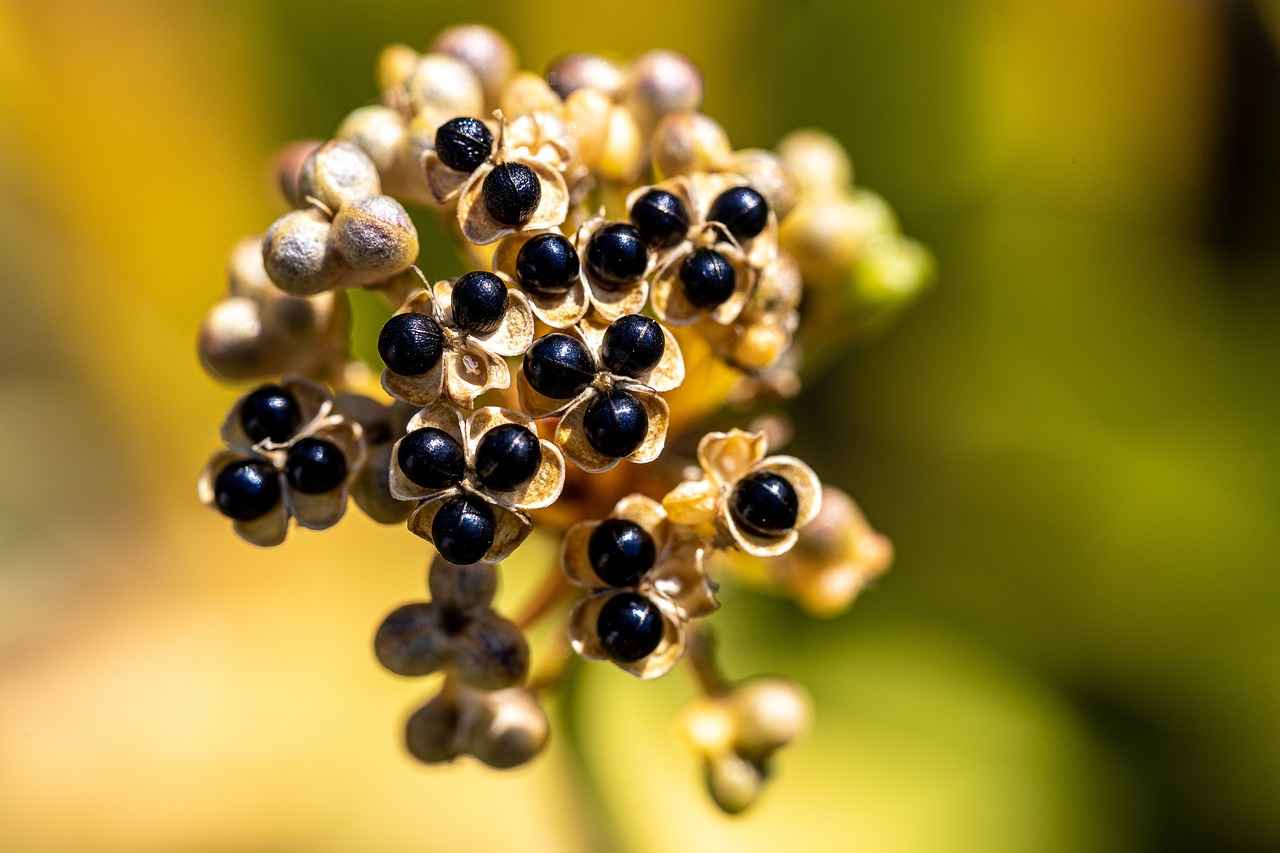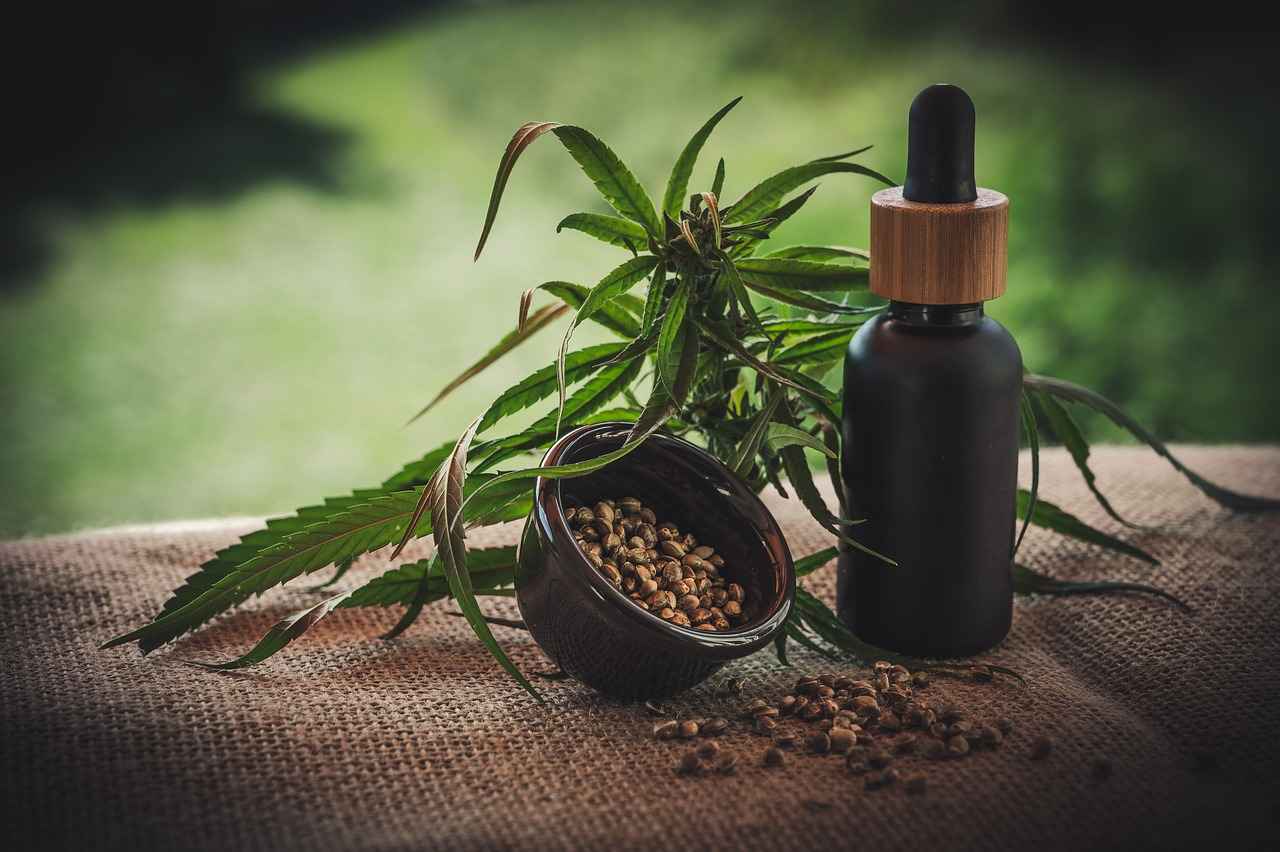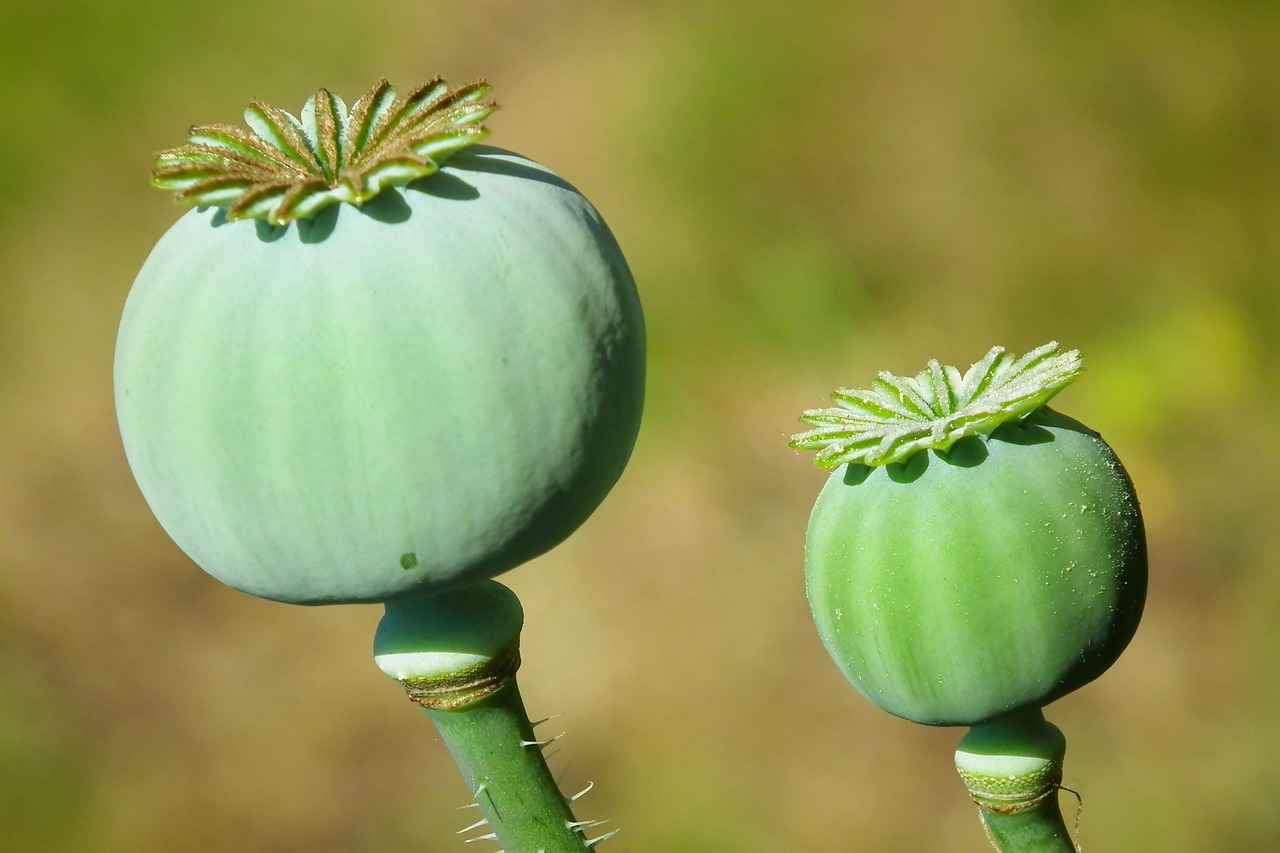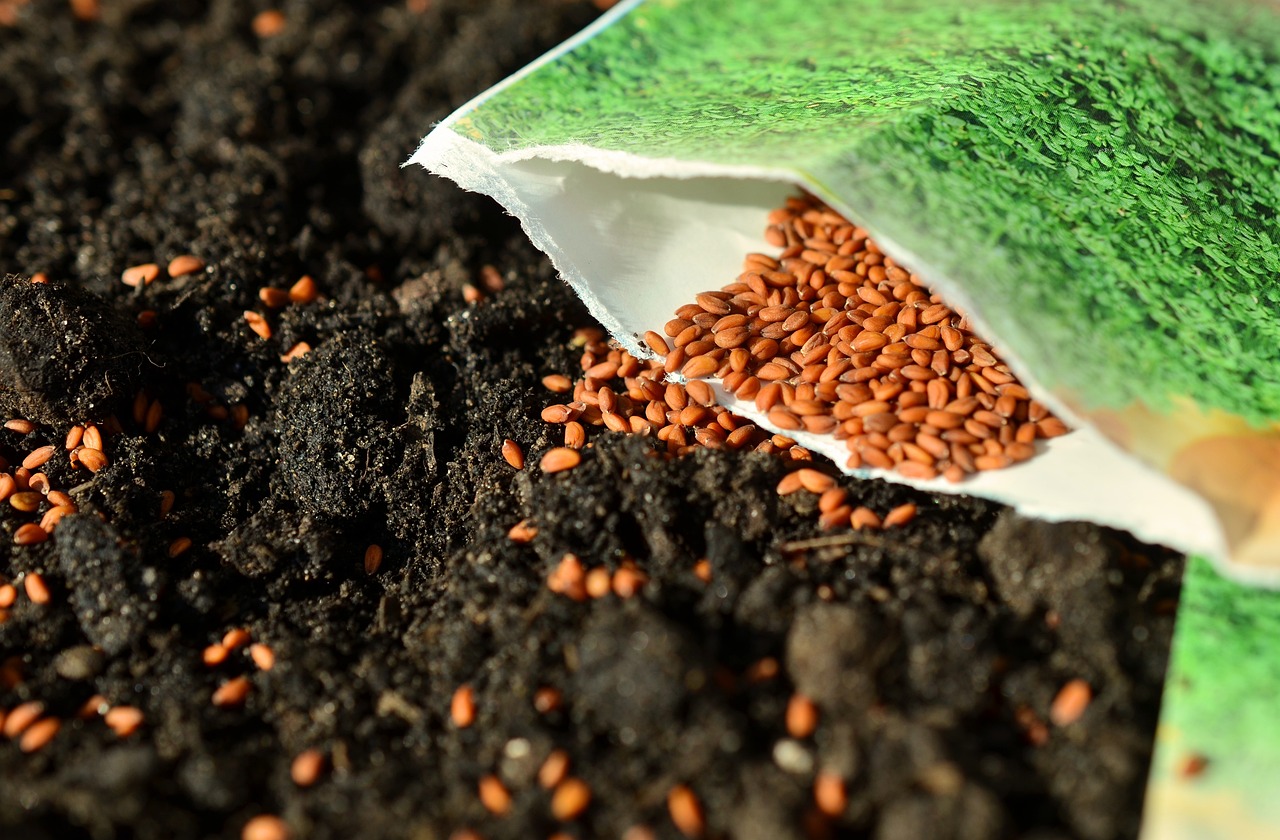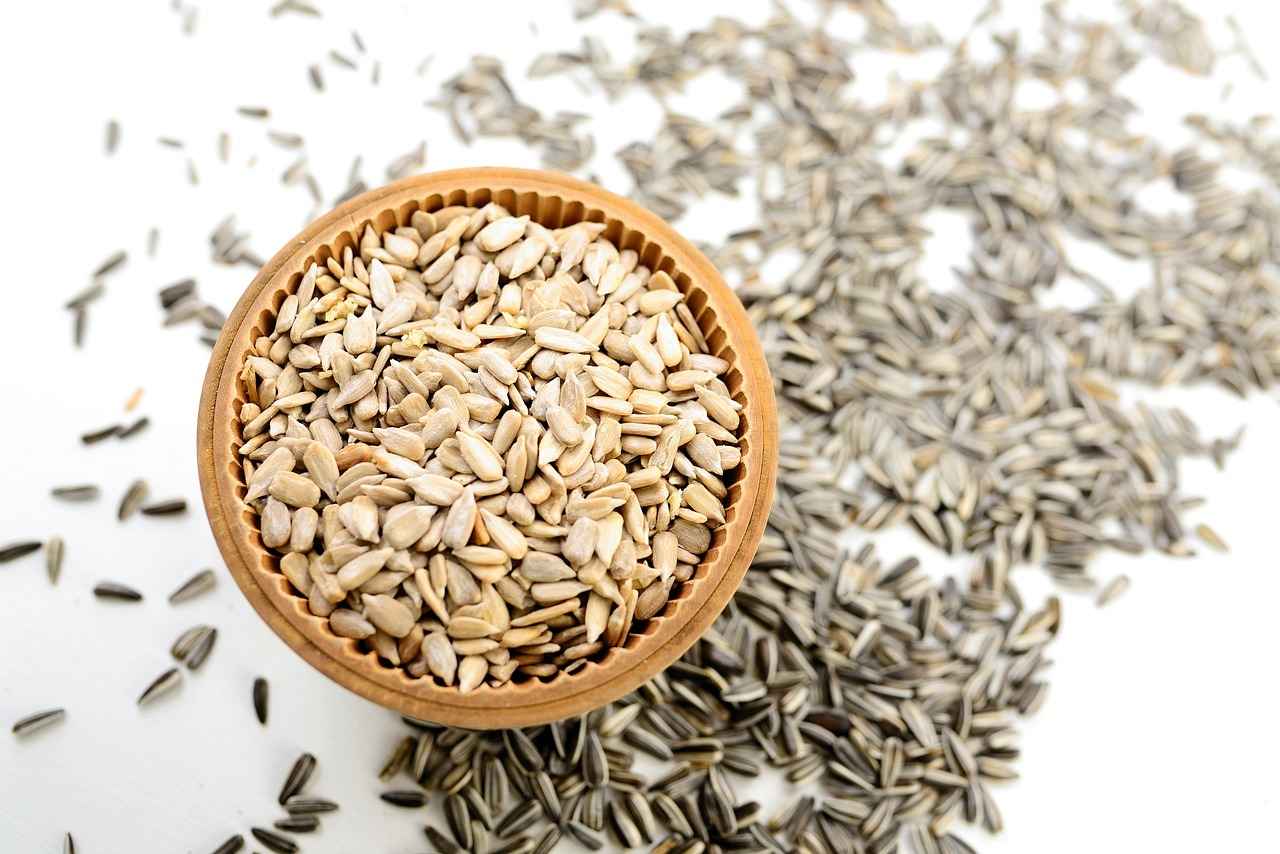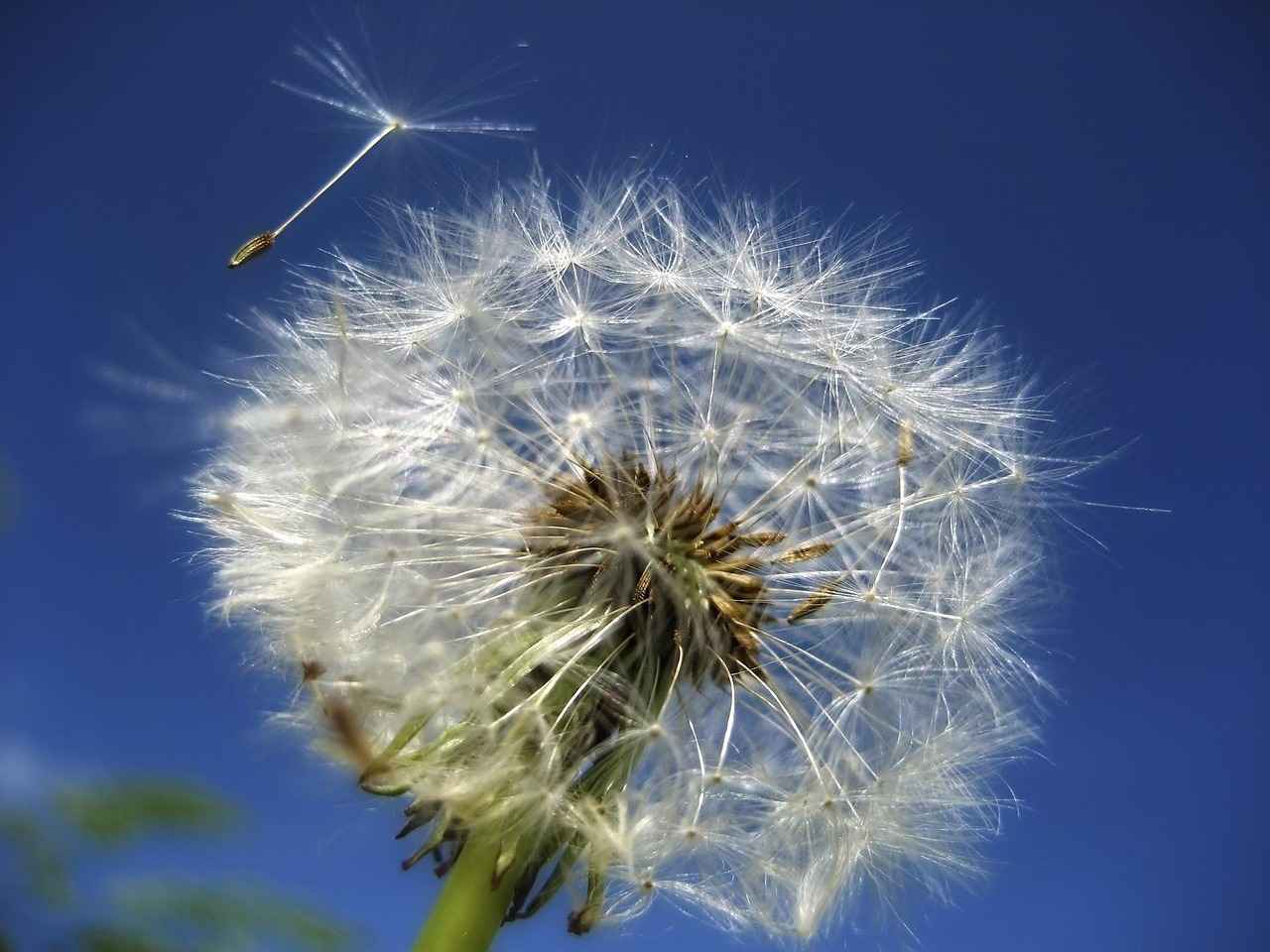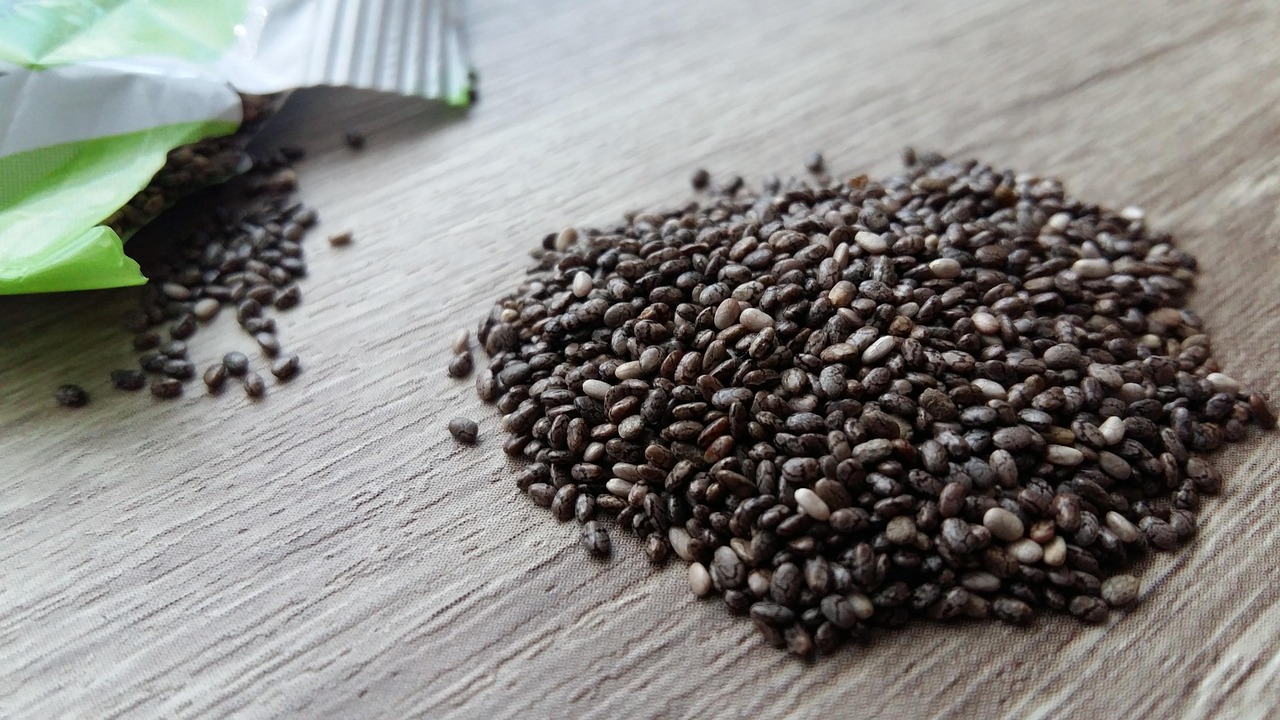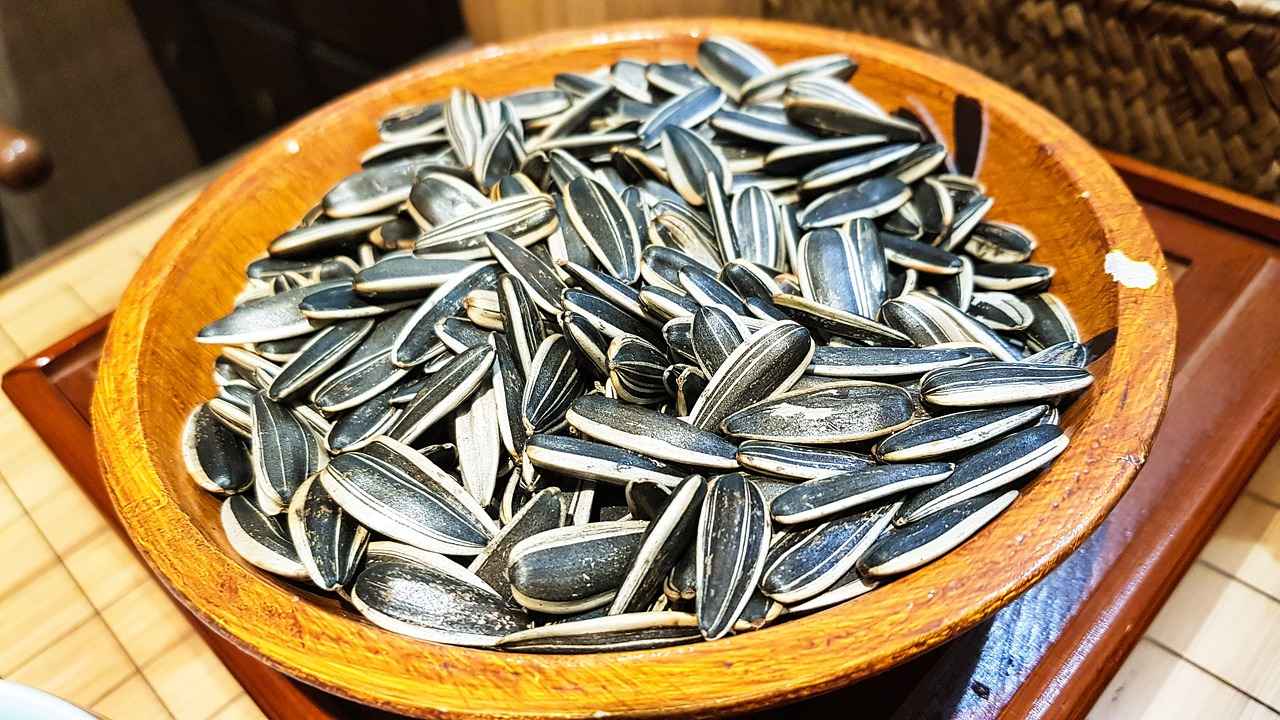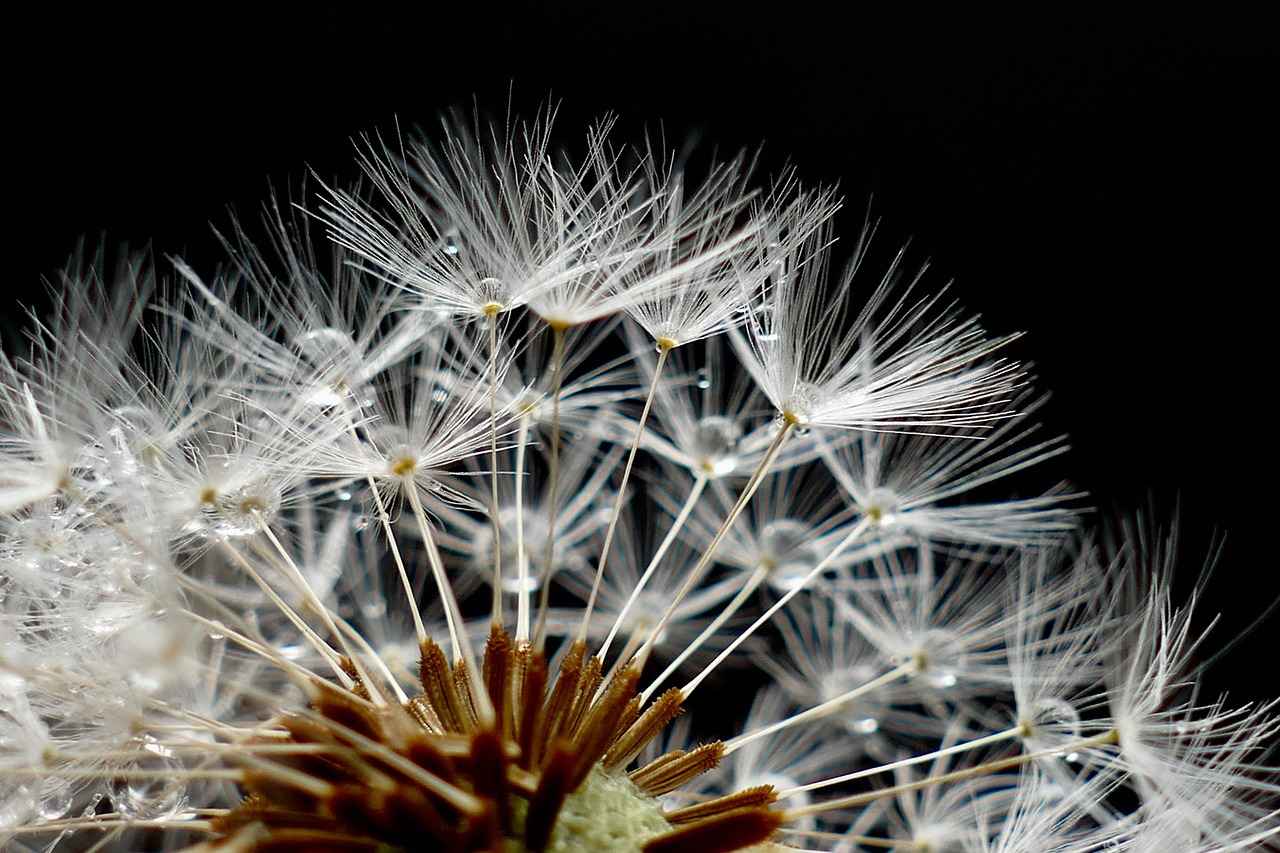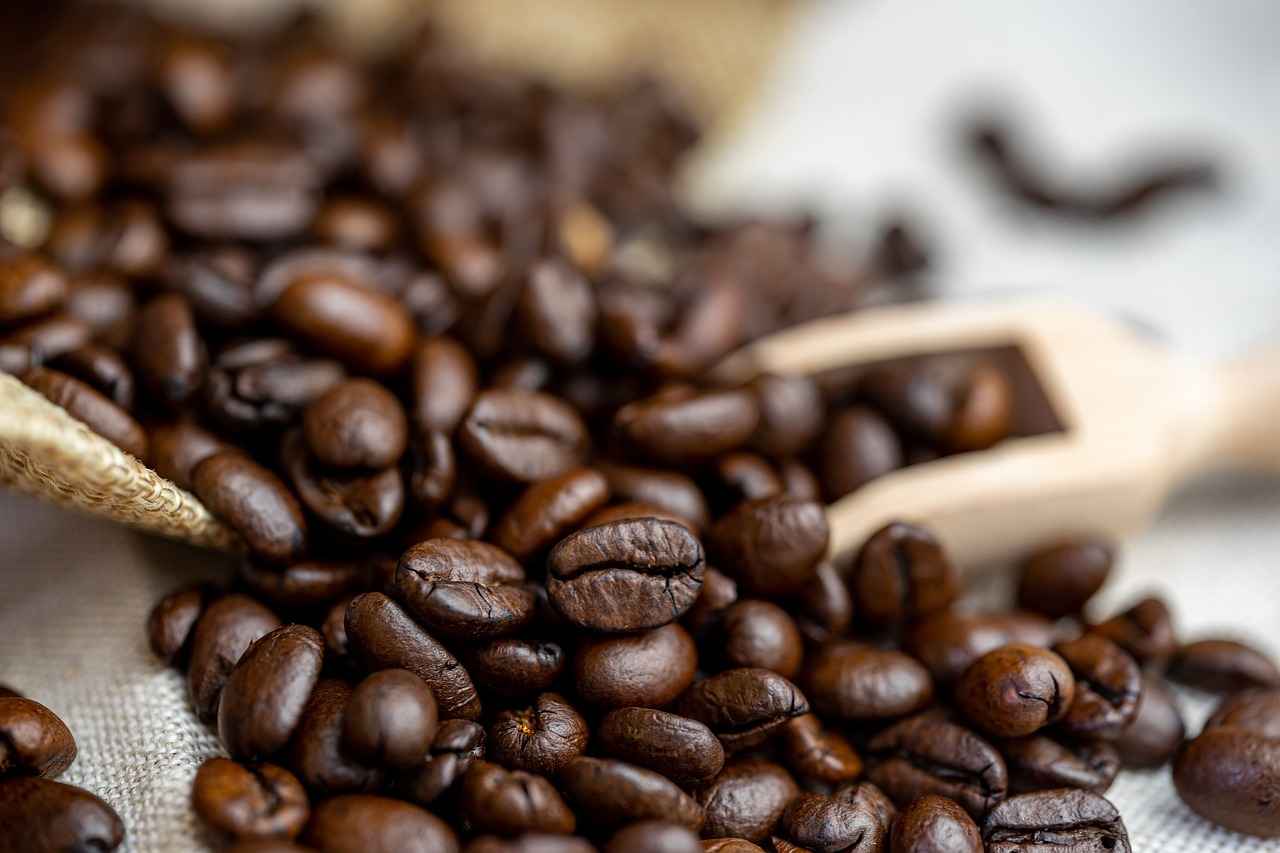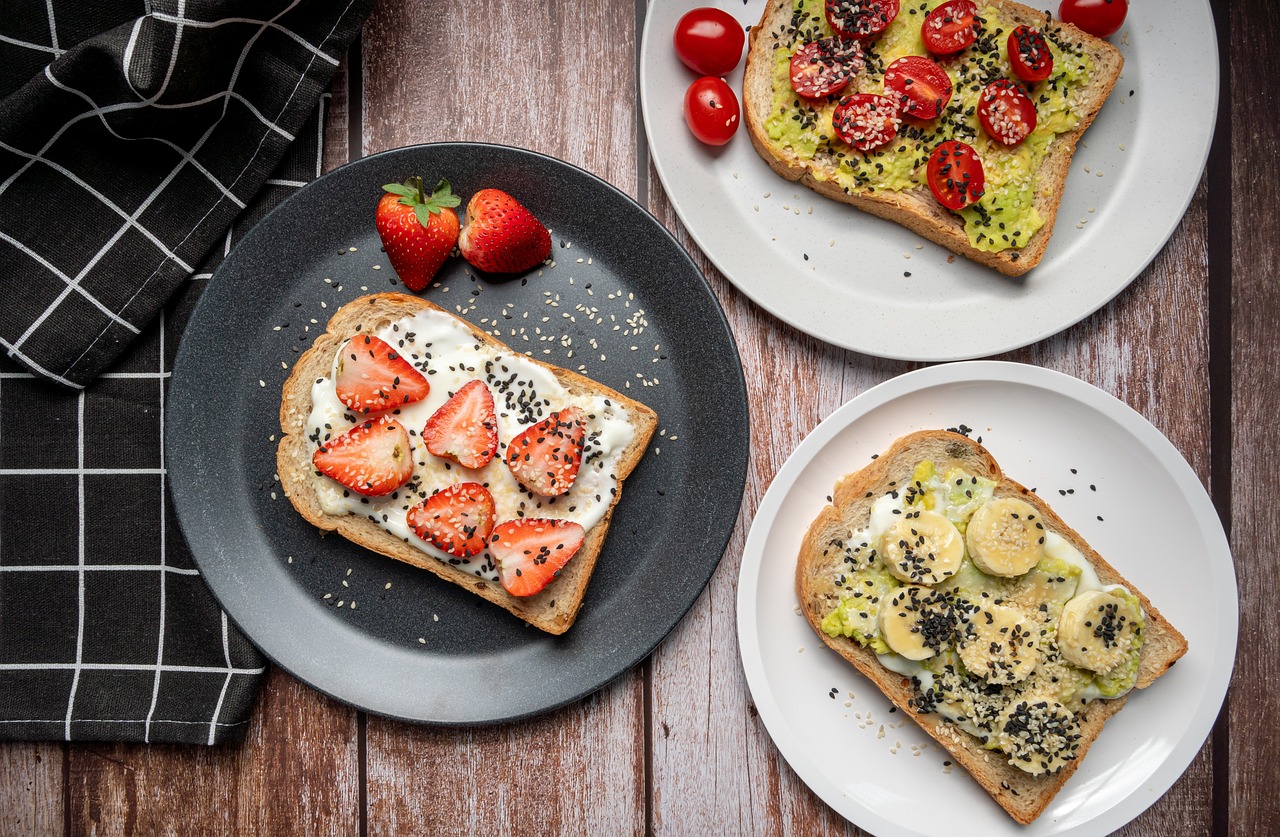This article delves into the crucial distinctions between chia pet seeds and edible chia seeds. By examining their respective uses, nutritional benefits, and growing conditions, we aim to provide you with the essential information needed to make informed decisions.
Chia pet seeds are specifically cultivated for decorative purposes. These seeds are designed to grow novelty plants, often shaped like animals or other figures. The primary goal is to create an appealing visual display rather than to provide nutritional benefits. Chia pet seeds typically come from the same plant as edible chia seeds, Salvia hispanica, but they may be treated differently to enhance their growth for decorative use.
In contrast, edible chia seeds are harvested for their significant health benefits. These seeds are renowned for being nutrient-dense, packed with omega-3 fatty acids, fiber, and protein. As a result, they have gained popularity as a superfood among health enthusiasts. Incorporating them into your diet can contribute positively to overall health.
Chia pet seeds are typically grown in controlled environments to ensure they sprout quickly and uniformly. The cultivation process often involves using a special medium that allows for optimal moisture retention and light exposure. This section will explore the specific methods employed to achieve the desired growth for these decorative plants.
Growing edible chia seeds requires specific agricultural practices aimed at maximizing their nutritional content. Farmers often utilize organic methods, ensuring the plants are free from harmful pesticides. This section provides insights into the farming techniques that contribute to the high nutritional value of edible chia seeds, including soil quality and crop rotation strategies.
Edible chia seeds offer a plethora of health benefits. They are particularly high in fiber, which aids in digestion and promotes a feeling of fullness. Additionally, the seeds are an excellent source of essential fatty acids, which are crucial for heart health. This section delves into the specific nutrients found in edible chia seeds and their respective health benefits.
While chia pet seeds are not toxic, they are not intended for human consumption. This section clarifies the safety and suitability of these seeds for eating, highlighting the importance of using seeds specifically designated for edible purposes.
Attempting to grow edible chia from chia pet seeds may not yield the desired results. This section discusses the viability and potential outcomes of such an endeavor, emphasizing the differences in cultivation practices that affect the quality and nutritional content of the seeds.
Beyond decoration, chia pet seeds can serve educational roles. They are often used in classrooms to teach children about plant growth and biology. This section highlights various uses for chia pet seeds, showcasing their versatility beyond mere decoration.
Edible chia seeds can be incorporated into numerous recipes, enhancing both flavor and nutrition. From chia puddings to smoothies, this section offers popular ways to include chia seeds in your diet, providing practical insights for health-conscious individuals.
Selecting the appropriate chia seeds depends on your intended use—whether for decoration or consumption. This section provides tips for making the best choice for your requirements, ensuring you understand the differences between the two types of seeds.
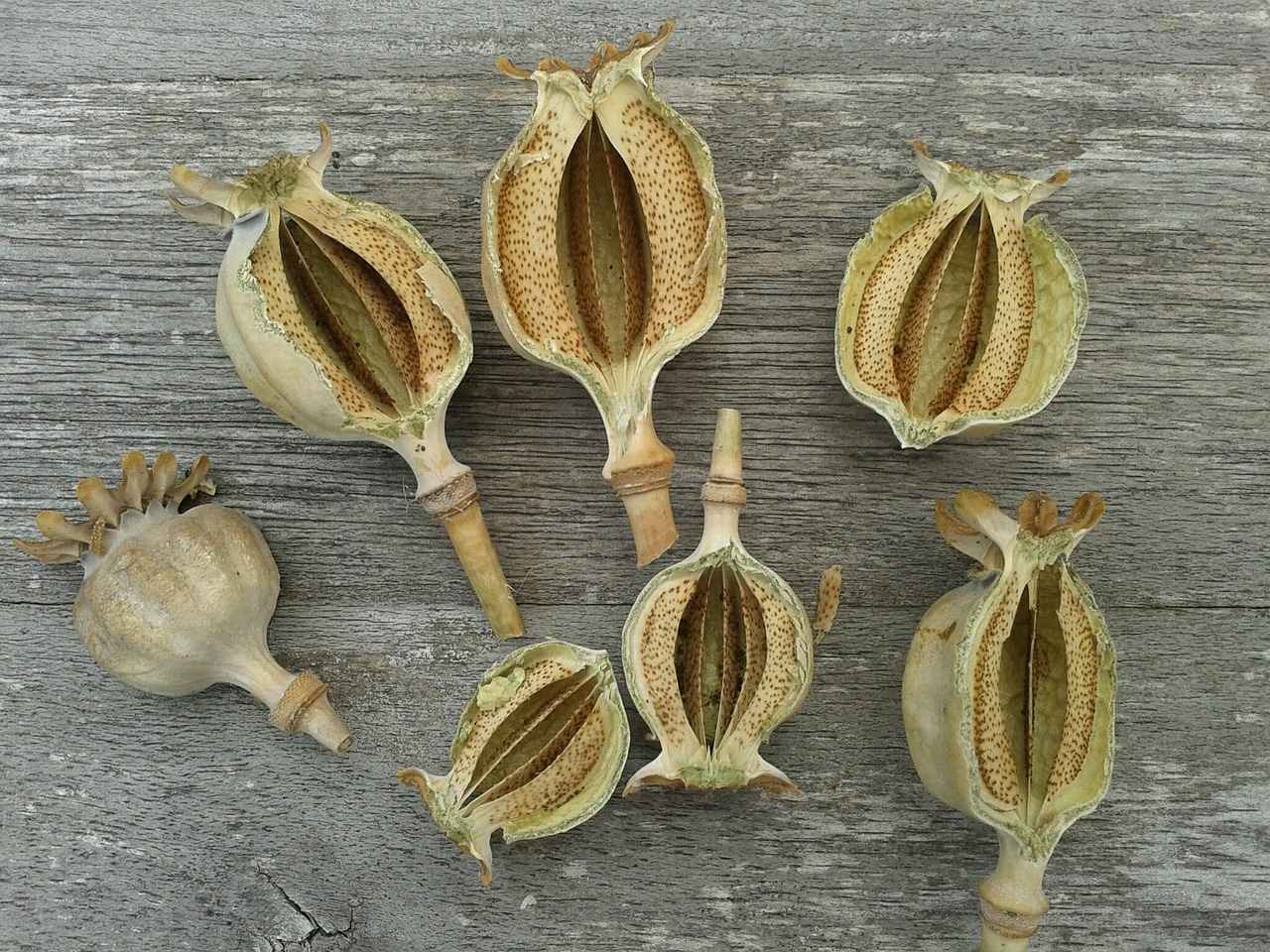
What Are Chia Pet Seeds?
Chia Pet seeds are a unique type of seed primarily cultivated for decorative purposes. These seeds are used to grow novelty plants that are often shaped like animals or other fun figures, making them a popular choice for gifts and home décor. Unlike their edible counterparts, chia pet seeds are not intended for consumption, and understanding their characteristics can help you distinguish them from seeds meant for dietary use.
Chia Pet seeds are derived from the Salvia hispanica plant, which is native to Central and South America. The seeds are known for their ability to sprout quickly and create lush green growth, often resembling a fuzzy coat on the figurine they adorn. When planted on a specially designed chia pet, these seeds absorb water and swell, leading to rapid germination. This makes them an entertaining and educational project for children and adults alike.
One of the most significant differences between chia pet seeds and edible chia seeds lies in their cultivation methods. Chia pet seeds are typically grown in controlled environments, where factors such as moisture, light, and temperature are carefully managed to ensure uniform growth. This contrasts with the agricultural practices used for edible chia seeds, which focus on maximizing their nutritional value.
Another key aspect is the intended use of the seeds. While chia pet seeds are primarily for decoration, they can also serve educational purposes. For instance, they can teach children about plant growth and the importance of caring for living things. In contrast, edible chia seeds are recognized for their nutritional benefits, including high levels of omega-3 fatty acids, fiber, and protein.
It is crucial to note that while chia pet seeds are not toxic, they are not meant for human consumption. Their cultivation is tailored towards aesthetic appeal rather than nutritional value, making them unsuitable as a food source. Therefore, if you are looking to incorporate chia seeds into your diet, it is essential to seek out seeds specifically labeled as edible.
In summary, chia pet seeds are a fun and engaging way to add greenery to your home without the intention of consuming them. They offer a unique experience in plant care and decoration, making them a popular choice among hobbyists and families. Understanding the distinctions between chia pet seeds and edible chia seeds is vital, especially if you are interested in the health benefits associated with the latter.
- Chia Pet Seeds: Primarily for decoration and educational purposes.
- Edible Chia Seeds: Rich in nutrients and suitable for consumption.
By recognizing the differences between these two types of chia seeds, you can make informed decisions whether you’re looking for a fun gardening project or seeking to improve your diet with a nutritious superfood.
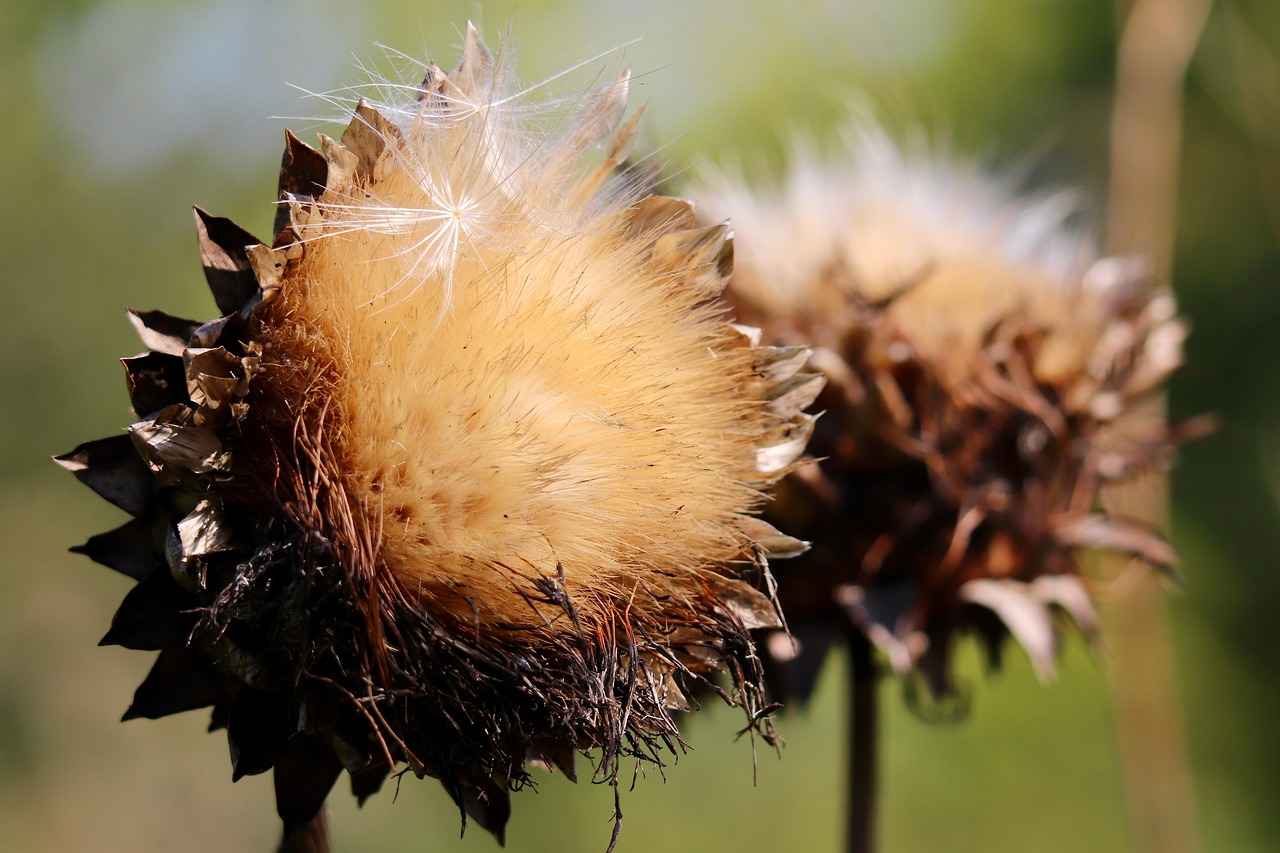
What Are Edible Chia Seeds?
Edible chia seeds are tiny, nutrient-dense seeds derived from the Salvia hispanica plant, which is native to Central and South America. These seeds have gained immense popularity as a superfood due to their impressive nutritional profile and health benefits. Rich in omega-3 fatty acids, fiber, and protein, they are an excellent addition to a healthy diet.
Chia seeds can absorb up to 12 times their weight in water, forming a gel-like consistency when soaked. This unique property not only makes them versatile in recipes but also contributes to their hydration benefits. When consumed, they can help in feeling full longer, which may aid in weight management.
Edible chia seeds are packed with essential nutrients, making them a powerhouse of health benefits. Here are some key components:
- Omega-3 Fatty Acids: Chia seeds are one of the richest plant sources of omega-3s, which are crucial for heart health and reducing inflammation.
- Fiber: With approximately 11 grams of fiber per ounce, chia seeds promote digestive health and can help regulate blood sugar levels.
- Protein: They contain about 4 grams of protein per ounce, making them a great option for those looking to increase their protein intake.
- Antioxidants: Chia seeds are rich in antioxidants, which help combat oxidative stress and may reduce the risk of chronic diseases.
Incorporating chia seeds into your daily meals is simple and delicious. Here are some popular ways to enjoy them:
- Chia Pudding: Mix chia seeds with your choice of milk or yogurt and let them sit overnight to create a creamy pudding.
- Smoothies: Add a tablespoon of chia seeds to your favorite smoothie for an extra boost of nutrients.
- Baking: Substitute chia seeds for eggs in baking recipes by mixing them with water to create a gel-like consistency.
- Salads and Soups: Sprinkle chia seeds over salads or stir them into soups for added texture and nutrition.
While chia seeds are generally safe for most people, there are a few considerations to keep in mind:
- Hydration: Due to their ability to absorb water, it’s essential to consume chia seeds with adequate fluids to prevent digestive issues.
- Allergies: Some individuals may experience allergic reactions, so it’s advisable to start with small amounts.
In summary, edible chia seeds are a highly nutritious food that can enhance your diet in various ways. Their versatility, combined with their impressive health benefits, makes them a worthy addition to anyone’s pantry. Whether you sprinkle them on your breakfast or blend them into a smoothie, chia seeds offer a simple way to boost your nutrient intake.
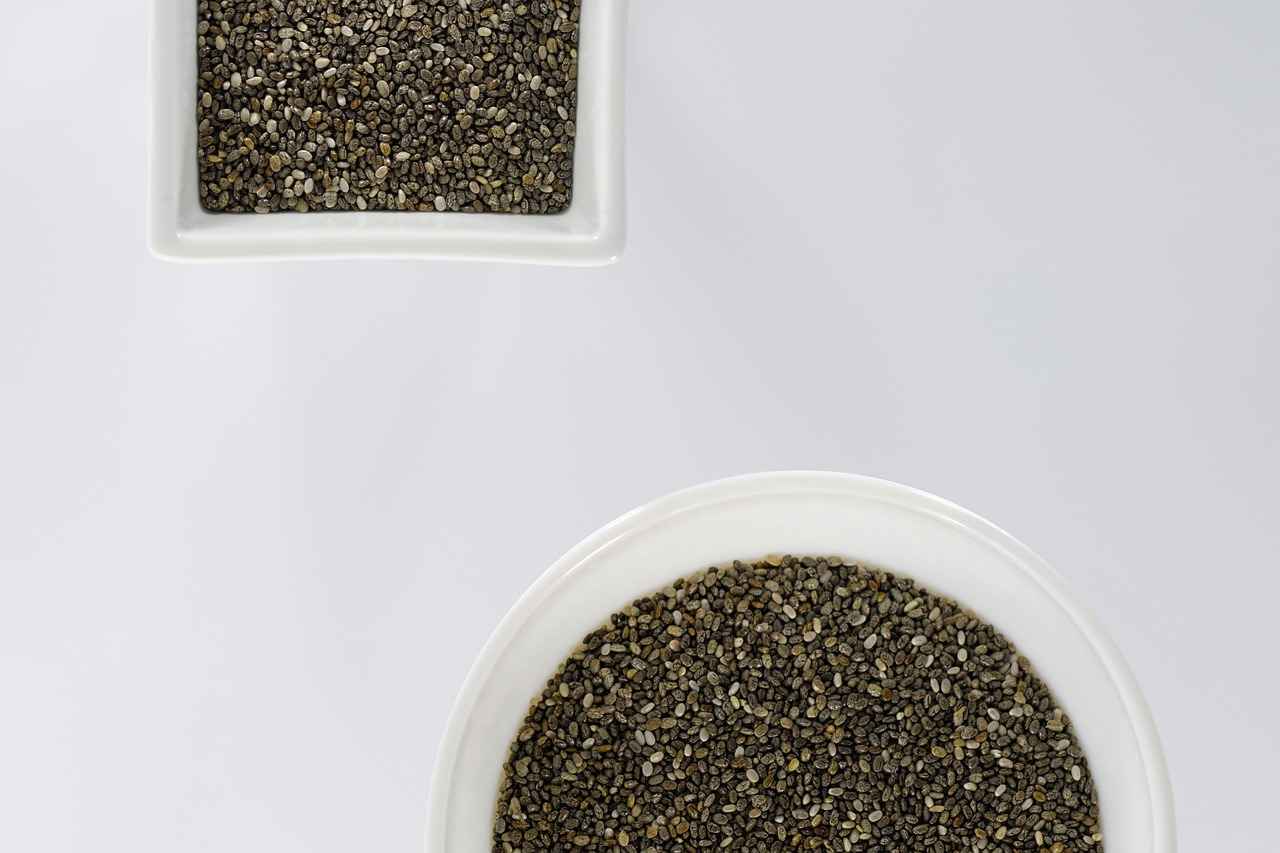
How Are Chia Pet Seeds Grown?
Chia pet seeds, known for their whimsical growth into decorative plants, are cultivated through specific methods tailored to enhance their sprouting process. Understanding how these seeds are grown can provide valuable insights into their unique characteristics and uses.
Chia pet seeds are primarily grown in a controlled environment that mimics ideal conditions for germination. This includes maintaining optimal temperature, humidity, and light levels. By carefully managing these factors, growers can ensure that the seeds sprout quickly and uniformly, resulting in lush green growth that is visually appealing.
The cultivation of chia pet seeds typically involves using a well-draining soil mix. This is crucial because chia plants are sensitive to overwatering, which can lead to root rot. Nutrients play a vital role in the growth of these seeds. Growers often incorporate organic fertilizers to provide essential nutrients, ensuring that the plants thrive during their growth cycle.
Proper watering techniques are essential for the successful growth of chia pet seeds. Growers often use a misting method to keep the soil moist without saturating it. This technique helps maintain the right moisture level, promoting healthy sprouting and preventing fungal diseases.
Chia pet seeds require adequate light to grow effectively. Typically, they thrive in bright, indirect sunlight. If grown indoors, placing them near a window can provide the necessary light exposure. Alternatively, growers may use artificial grow lights to supplement natural light, especially during darker months.
Regular monitoring of the chia pet seeds is essential to ensure they are growing as expected. Growers often check for signs of mold or pests, which can hinder the growth process. By maintaining a close watch, they can address any issues promptly, ensuring a healthy and vibrant display.
Once the chia pet plants have matured, they can be harvested for decorative purposes. However, it is important to note that chia pet seeds are not intended for consumption. After harvesting, the plants can be trimmed to maintain their shape and encourage further growth. Regular maintenance, including watering and light adjustments, will help keep the chia pet looking fresh and lively.
In summary, the cultivation of chia pet seeds involves a careful balance of environmental control, nutrient management, and monitoring. By understanding these methods, enthusiasts can successfully grow their chia pets, bringing a touch of greenery and fun to their spaces. While primarily decorative, the care and attention given to these plants can lead to rewarding results, making them a popular choice for many.
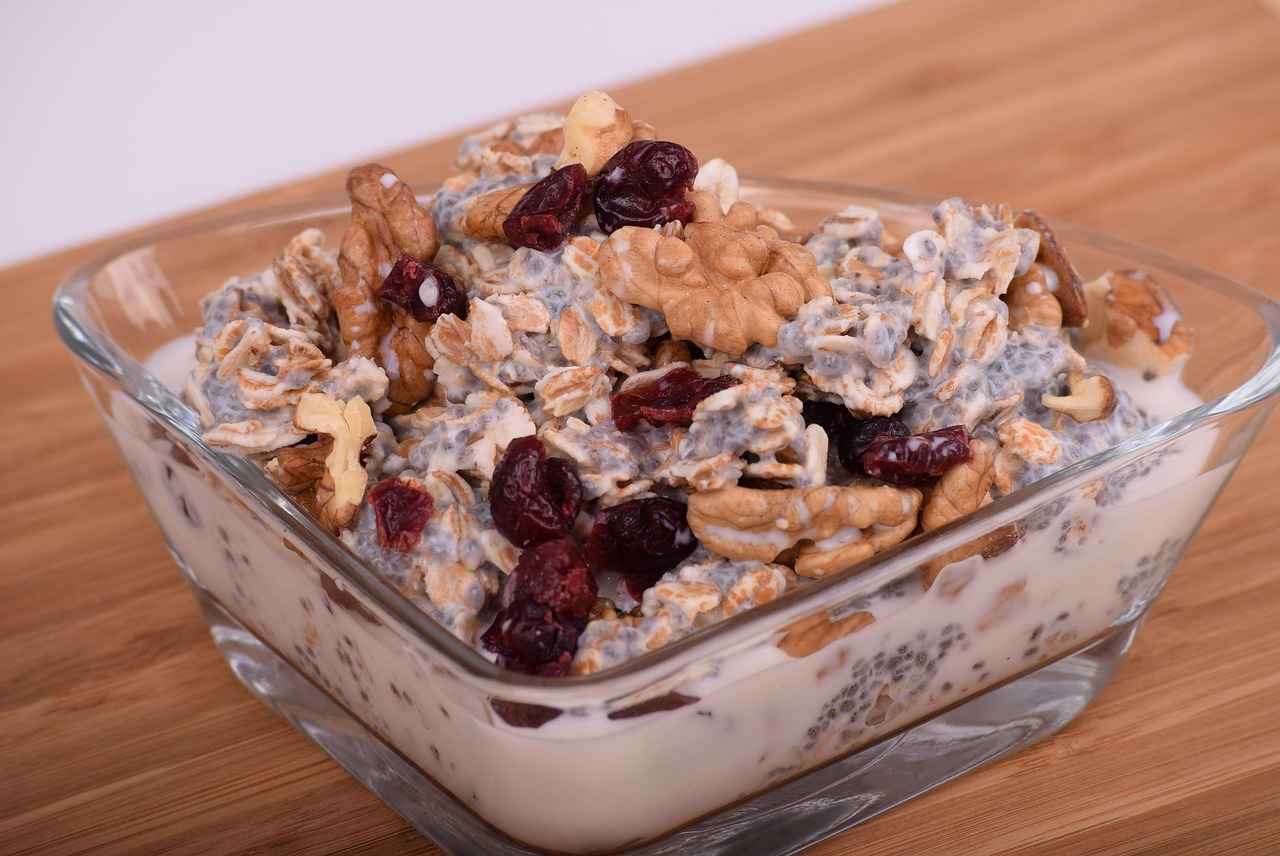
How Are Edible Chia Seeds Grown?
Growing edible chia seeds involves a series of specific agricultural practices designed to optimize their nutritional benefits and ensure a successful harvest. Understanding these methods is essential for anyone interested in cultivating this nutrient-dense superfood.
Chia seeds, derived from the Salvia hispanica plant, thrive in warm climates with well-drained soil. The initial step in growing edible chia seeds is selecting the right location. Ideally, the planting area should receive full sunlight for at least 6 hours daily. This exposure helps promote healthy growth and enhances the seeds’ nutritional profile.
Before planting, it’s crucial to prepare the soil. Farmers often conduct a soil test to determine its pH and nutrient levels, aiming for a pH between 6.0 and 7.0. This ensures optimal growing conditions. Once the soil is deemed suitable, it should be tilled to a depth of about 12 inches to allow for proper root development.
After soil preparation, the seeds can be sown. Chia seeds are typically planted in rows spaced about 3 feet apart, allowing adequate room for the plants to grow. The seeds should be sown at a depth of approximately 1/4 inch and lightly covered with soil. Consistent moisture is vital during the germination phase, which usually takes 7 to 14 days.
Once the chia plants begin to sprout, maintaining proper irrigation is essential. While chia plants are drought-resistant, they require regular watering during the early stages of growth. Farmers often implement drip irrigation systems to ensure that the plants receive adequate moisture without over-saturating the soil.
As the plants mature, they typically reach heights of around 3 to 4 feet and begin to flower. The flowering stage is crucial, as this is when the seeds develop. Farmers must monitor the plants closely during this period, ensuring that they are free from pests and diseases. Organic pest control methods, such as introducing beneficial insects or using natural repellents, are often employed to protect the crops.
Harvesting chia seeds is a delicate process. The seeds are typically ready for harvest when the flowers have dried and turned brown. Farmers gently shake the plants to release the seeds, which can then be collected and cleaned. Proper cleaning is vital to remove any debris and ensure the seeds are ready for consumption.
After harvesting, it’s essential to store chia seeds correctly to maintain their freshness and nutritional value. Seeds should be kept in a cool, dry place, preferably in airtight containers to prevent exposure to moisture and light.
In summary, growing edible chia seeds requires careful attention to detail and a thorough understanding of agricultural practices. From soil preparation to harvesting, each step plays a vital role in maximizing the nutritional content of this remarkable superfood.
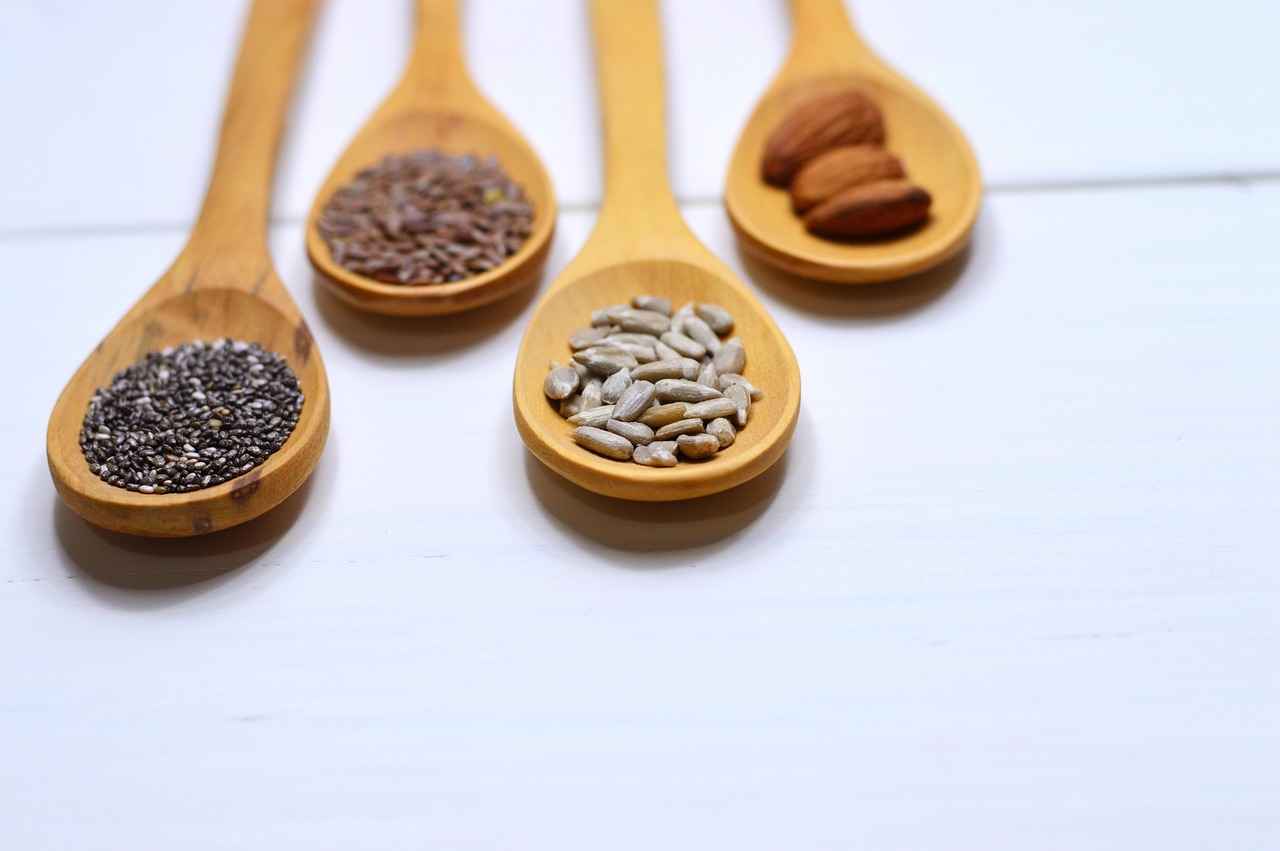
What Are the Nutritional Benefits of Edible Chia Seeds?
Edible chia seeds have gained immense popularity as a superfood in recent years, and for good reason. These tiny seeds are packed with a wealth of nutrients that can significantly contribute to a healthy diet. In this section, we will explore the nutritional benefits of edible chia seeds, highlighting their key components and how they can enhance your overall well-being.
One of the standout features of chia seeds is their high content of omega-3 fatty acids, particularly alpha-linolenic acid (ALA). These essential fats are crucial for heart health, as they help reduce inflammation, lower blood pressure, and decrease cholesterol levels. Incorporating chia seeds into your diet can be an excellent way to boost your intake of these beneficial fats, especially for those following a plant-based diet.
Chia seeds are also an exceptional source of dietary fiber. Just two tablespoons of chia seeds provide about 11 grams of fiber, which is approximately one-third of the recommended daily intake for adults. This high fiber content aids in digestion, promotes feelings of fullness, and helps regulate blood sugar levels. Including chia seeds in your meals can support weight management and digestive health.
For those looking to increase their protein intake, chia seeds are a fantastic option. They contain about 4 grams of protein per two tablespoons, making them a valuable addition to vegetarian and vegan diets. Protein is essential for muscle repair, immune function, and overall health, making chia seeds a versatile ingredient for various recipes.
Chia seeds are rich in antioxidants, which help combat oxidative stress and protect the body from free radical damage. These antioxidants contribute to overall health by reducing the risk of chronic diseases, including heart disease and cancer. The presence of antioxidants in chia seeds makes them a nutritious choice for those seeking to boost their immune system and promote longevity.
In addition to their macronutrient content, chia seeds are packed with essential minerals such as calcium, magnesium, and phosphorus. Calcium is vital for bone health, while magnesium plays a crucial role in muscle function and energy production. Including chia seeds in your diet can help ensure you meet your daily mineral requirements, supporting overall health and vitality.
One of the best aspects of chia seeds is their versatility in the kitchen. They can be easily incorporated into a variety of dishes, from smoothies and oatmeal to baked goods and salads. When mixed with liquid, chia seeds absorb water and form a gel-like consistency, making them an excellent thickening agent for puddings and jams. This unique property not only enhances the texture of recipes but also adds nutritional value.
To reap the maximum benefits from chia seeds, aim to include them in your daily meals. Here are some simple ideas:
- Add chia seeds to your morning smoothie for an energy boost.
- Sprinkle them on yogurt or oatmeal for added texture and nutrition.
- Use chia seeds as an egg substitute in baking by mixing one tablespoon of chia seeds with three tablespoons of water.
- Make a refreshing chia seed pudding by soaking them in almond milk overnight.
In conclusion, edible chia seeds are a powerhouse of nutrition, offering a range of health benefits that can enhance your diet. From their high omega-3 fatty acid content to their impressive fiber and protein levels, these tiny seeds are a valuable addition to any meal plan.
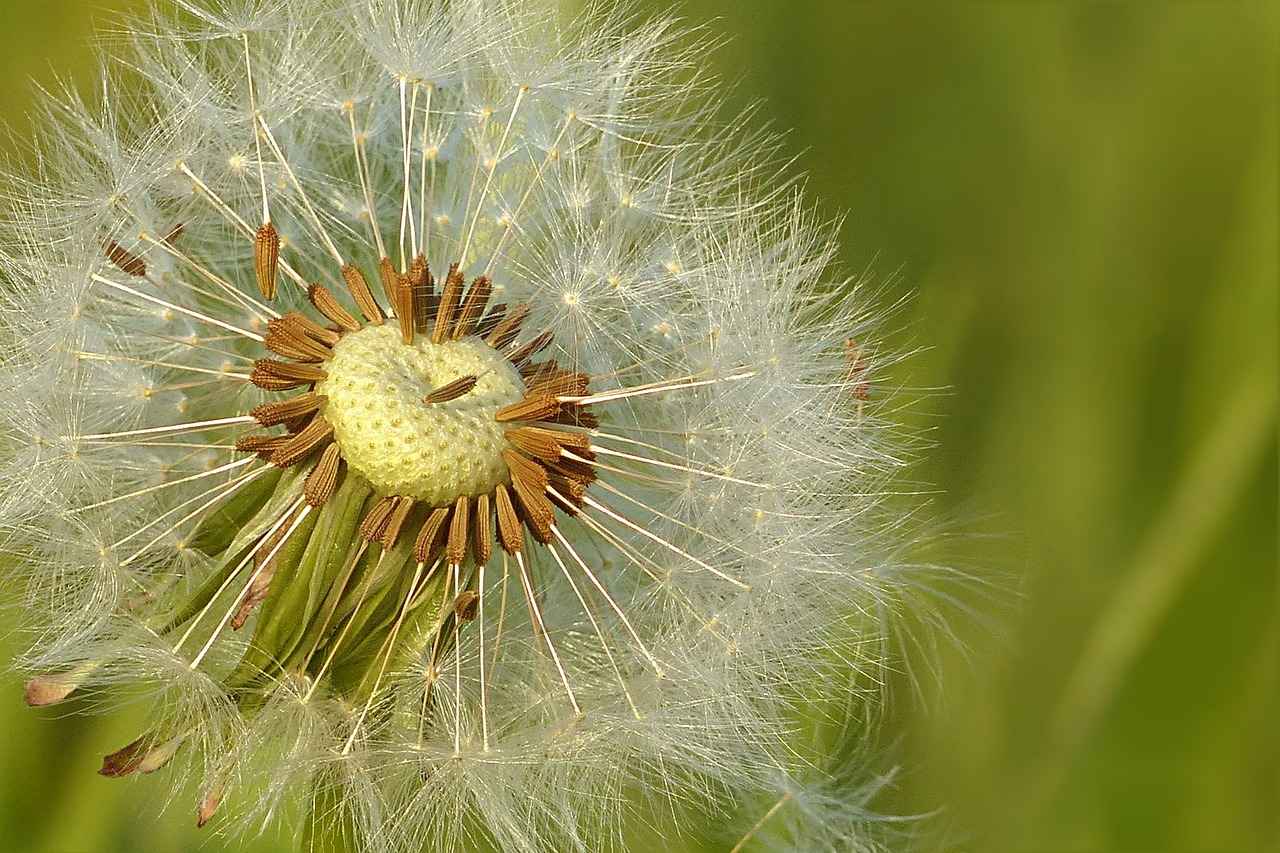
Are Chia Pet Seeds Safe to Consume?
When it comes to chia seeds, many people are curious about their safety and suitability for consumption. Specifically, Chia Pet seeds have gained attention for their decorative uses, but questions arise regarding their edibility. This section aims to clarify whether these seeds are safe to eat and what implications this has for consumers.
While chia pet seeds are not toxic, they are specifically cultivated for ornamental purposes rather than for human consumption. It’s crucial to understand that these seeds are often treated differently than their edible counterparts. The seeds used in chia pets are generally grown in conditions that prioritize rapid growth and visual appeal, not nutritional value.
Unlike edible chia seeds, which are cultivated under strict agricultural standards to ensure their health benefits, chia pet seeds may not undergo the same rigorous quality checks. This raises concerns about potential contaminants or the presence of harmful substances that might be found in seeds not meant for consumption.
Moreover, chia pet seeds do not possess the same nutritional benefits as edible chia seeds. Edible chia seeds are rich in omega-3 fatty acids, protein, and dietary fiber, making them a popular addition to a healthy diet. In contrast, chia pet seeds lack these essential nutrients and are not intended to be ingested.
For those considering using chia pet seeds in their diet, it’s vital to note that their primary purpose is to create a fun and engaging plant-growing experience. They are often marketed for educational purposes, allowing individuals, especially children, to learn about plant growth and gardening without the intention of consuming them.
Additionally, consuming chia pet seeds may lead to digestive discomfort or other health issues, particularly if they have been treated with non-food-safe chemicals during the growing process. Therefore, it is advisable to refrain from eating these seeds and instead opt for seeds that are specifically labeled as edible.
In summary, while chia pet seeds are not toxic, they are not safe or suitable for human consumption. If you’re looking to enjoy the health benefits of chia seeds, always choose those specifically marked as edible and sourced from reputable suppliers.
For anyone interested in the nutritional advantages of chia seeds, it is essential to understand the differences between chia pet seeds and their edible counterparts. This knowledge will help you make informed choices and ensure a safe and healthy experience with chia seeds.
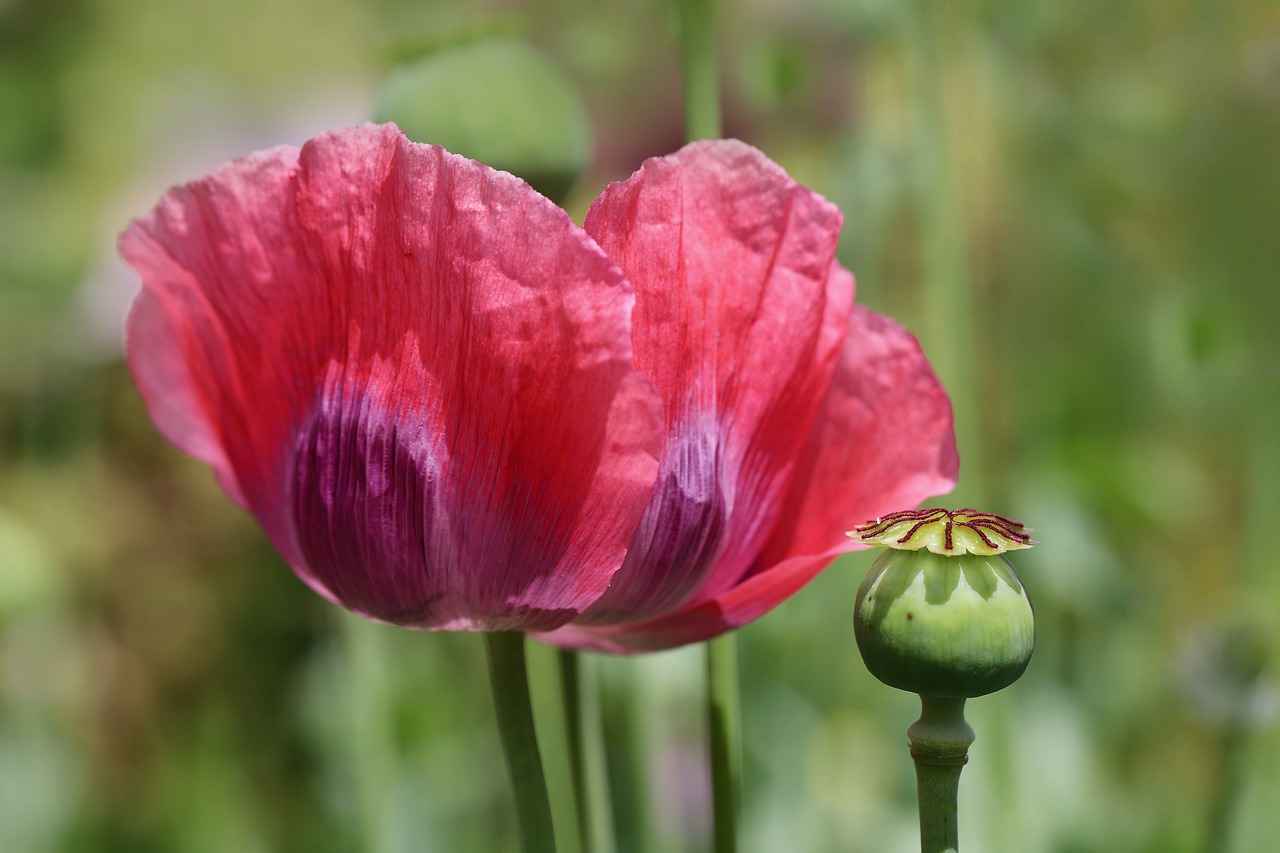
Can You Grow Edible Chia from Chia Pet Seeds?
When it comes to growing chia, many enthusiasts wonder if they can use chia pet seeds to cultivate edible chia plants. While it may seem like a convenient option, the reality is that chia pet seeds and edible chia seeds serve very different purposes. In this section, we will explore the viability of using chia pet seeds for edible growth, potential outcomes, and the reasons behind these differences.
Chia pet seeds are specifically bred for their decorative qualities. They are designed to sprout quickly and create a visually appealing green cover on ceramic figures or other decorative items. These seeds are often treated with various substances to enhance their sprouting characteristics, which may not be suitable for human consumption. In contrast, edible chia seeds are cultivated for their nutritional benefits and are typically grown under controlled agricultural practices to maximize their health properties.
One of the primary reasons why growing edible chia from chia pet seeds may not yield the desired results is due to genetic differences. Chia pet seeds may lack the essential nutrients and genetic makeup necessary to produce the same health benefits associated with edible chia seeds. Additionally, the growing conditions for chia pet seeds often prioritize rapid growth and aesthetic appeal over nutritional value.
Moreover, attempting to grow chia pet seeds for consumption may lead to disappointing results. The plants that emerge may not produce the same quality seeds or may not produce seeds at all. This is because the seeds used for chia pets are often not harvested with the intention of being replanted or consumed. Instead, they are selected for their ability to sprout and cover a surface quickly.
Furthermore, while chia pet seeds are generally safe and non-toxic, they are not recommended for human consumption. The seeds may have been exposed to various treatments during their production that could render them unsuitable for eating. It is crucial to prioritize food safety and choose seeds specifically labeled as edible for any culinary use.
If you’re interested in growing chia for its health benefits, it is advisable to purchase seeds that are specifically designated as edible chia seeds. These seeds are readily available in health food stores and online, ensuring that you are getting a product that is both safe and nutritious.
In summary, while the idea of growing edible chia from chia pet seeds may be tempting, it is not a viable option. The differences in seed treatment, genetic makeup, and intended use make chia pet seeds unsuitable for consumption. For those looking to enjoy the numerous health benefits of chia, it is best to seek out seeds that are specifically cultivated for eating. This will not only ensure a better yield but also provide the essential nutrients that make chia a beloved superfood.
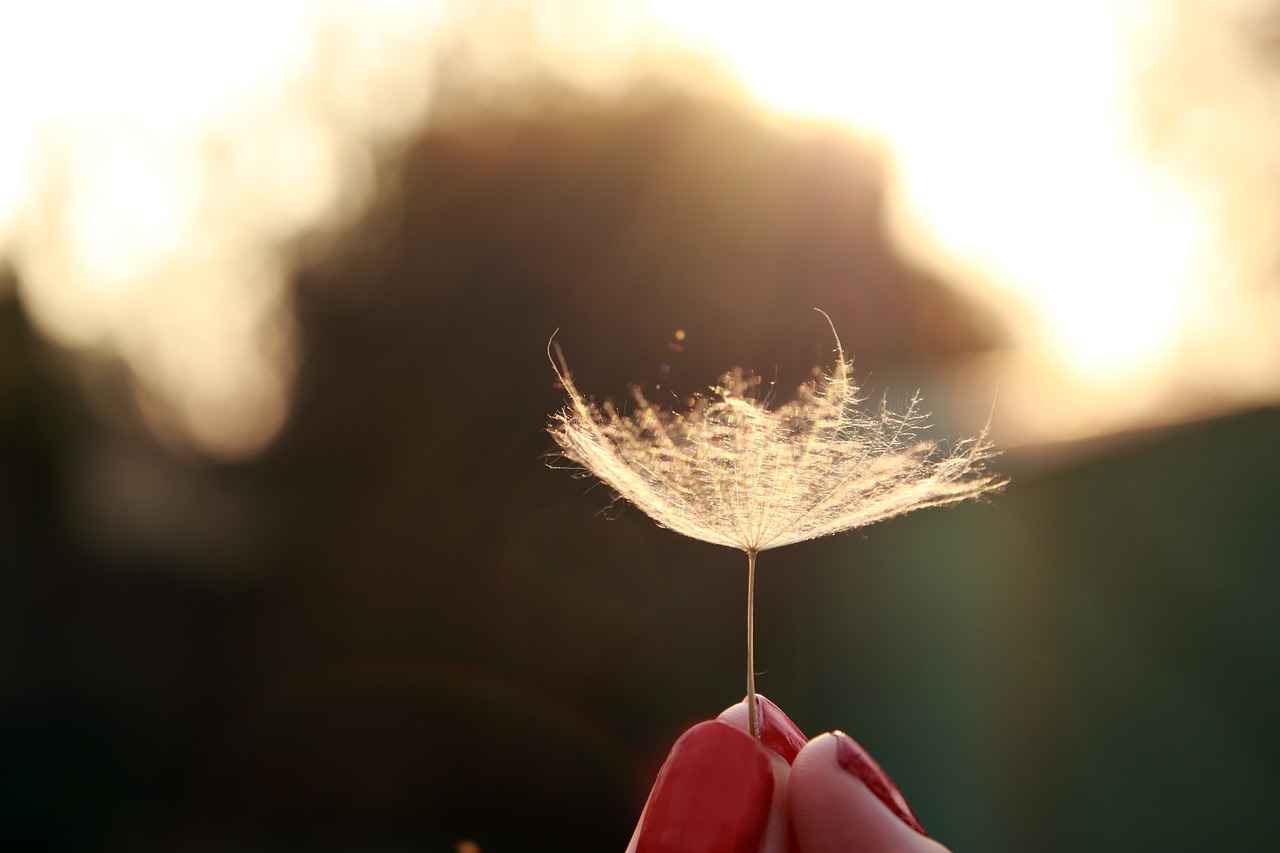
What Are the Uses of Chia Pet Seeds?
Chia pet seeds, while primarily known for their decorative applications, have several other intriguing uses that extend beyond mere aesthetics. This section delves into the various roles that chia pet seeds can play, showcasing their potential in educational, artistic, and even practical domains.
Chia pet seeds can serve as an excellent educational tool, particularly in classrooms. They provide a hands-on learning experience for students studying plant biology and growth processes. By observing the germination and growth of chia seeds, students can learn about:
- Photosynthesis – Understanding how plants convert light into energy.
- Plant Anatomy – Identifying various parts of the plant as they develop.
- Growth Conditions – Experimenting with different environmental factors such as light and water.
This interactive approach can help foster a deeper appreciation for nature and the science behind plant growth.
Beyond their educational value, chia pet seeds can also be used in creative projects. Artists and crafters often utilize these seeds to create unique, living art pieces. For instance:
- Chia seeds can be used to grow green “hair” on decorative planters, adding a whimsical touch to home decor.
- They can be incorporated into art installations that emphasize sustainability and the beauty of nature.
This fusion of art and nature not only beautifies spaces but also encourages eco-friendly practices.
While chia pet seeds are not intended for consumption, they can still have practical applications in various settings:
- Soil Erosion Control – When planted in gardens or landscapes, chia seeds can help stabilize soil and prevent erosion.
- Composting – They can be added to compost piles to enrich the organic matter, contributing to healthier soil.
These practical uses highlight the versatility of chia pet seeds beyond their decorative appeal.
Chia pet seeds are a popular choice for science fair projects. Their rapid growth and ease of cultivation make them ideal for experiments. Students can explore various scientific concepts, such as:
- Hydration – Testing how different amounts of water affect growth rates.
- Light Exposure – Comparing growth in light versus dark conditions.
These projects not only enhance understanding of scientific principles but also promote critical thinking and problem-solving skills.
Chia pet seeds can also be given as gifts, particularly for those who enjoy gardening or unique home decor. They make for a fun and interactive present, allowing recipients to engage with nature and nurture their own chia pets. This can be a delightful way to introduce children to gardening or to inspire friends to explore their green thumbs.
In summary, while chia pet seeds are predominantly known for their decorative uses, they offer a wide array of possibilities that extend into education, art, practical applications, and gift-giving. By recognizing the multifaceted roles of these seeds, we can appreciate their value beyond mere decoration and find innovative ways to integrate them into our lives.
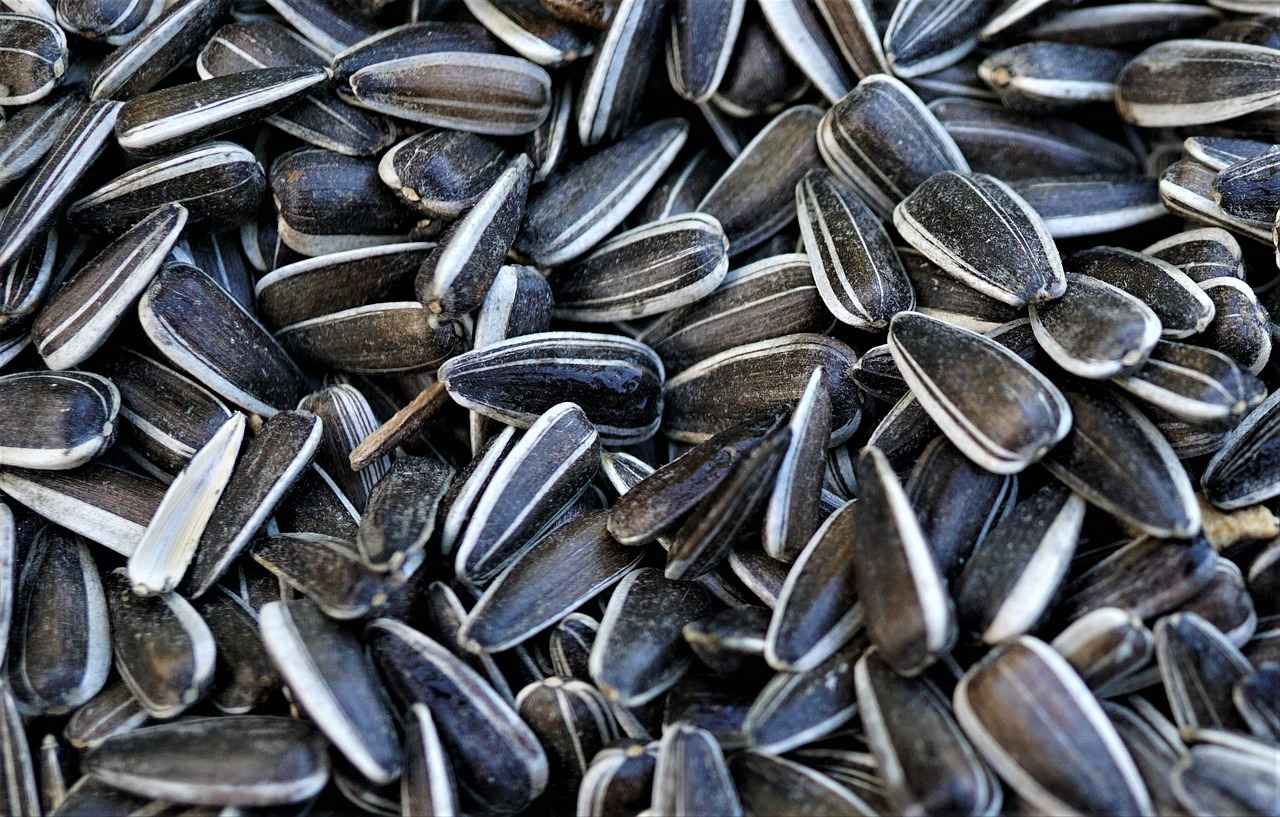
What Are Common Recipes Using Edible Chia Seeds?
Edible chia seeds are not only a nutritional powerhouse but also a versatile ingredient that can be easily incorporated into various recipes. This section explores some popular ways to include chia seeds in your diet, enhancing both flavor and nutrition.
- Chia Pudding: Combine chia seeds with your choice of milk (dairy or non-dairy) and let them soak overnight. Add sweeteners like honey or maple syrup and top with fruits, nuts, or granola in the morning.
- Overnight Oats: Mix chia seeds into your overnight oats for added texture and nutrition. They will absorb moisture and create a creamy consistency.
- Smoothies: Blend chia seeds into your favorite smoothie for a nutrient boost. They add thickness and can help keep you full longer.
- Chia Energy Bars: Incorporate chia seeds into homemade energy bars. Combine oats, nut butter, honey, and chia seeds, then bake for a healthy snack.
- Chia Seed Crackers: Mix chia seeds with flour and seasonings to create savory crackers. Bake until crispy for a delicious snack.
- Fruit and Chia Seed Popsicles: Blend fruits with chia seeds and pour into molds for a refreshing treat. These popsicles are perfect for hot days and are packed with nutrients.
- Salad Toppings: Sprinkle chia seeds over salads for added crunch and nutrition. They can also be mixed into dressings for a thicker consistency.
- Soups and Stews: Add chia seeds to soups and stews as a thickening agent. They will absorb liquid and enhance the dish’s nutritional profile.
- Chia Seed Bread: Incorporate chia seeds into your bread recipes for added fiber and omega-3 fatty acids. They can be mixed into the dough or sprinkled on top before baking.
- Chia Seed Jam: Cook down your favorite fruits with chia seeds to create a healthy jam. The chia seeds will help thicken the mixture without added pectin.
- Chia Seed Brownies: Replace eggs in brownie recipes with chia seed gel (1 tablespoon chia seeds mixed with 3 tablespoons water). This adds moisture and nutrition to your treats.
- Chia Seed Muffins: Add chia seeds to muffin batter for a nutritious twist on classic recipes, enhancing both taste and texture.
Incorporating chia seeds into your meals is a simple way to boost nutrition without sacrificing flavor. Their versatility allows them to fit seamlessly into a variety of dishes, making them an excellent addition to your diet. From breakfast to dessert, chia seeds can enhance your meals while providing essential nutrients.

How to Choose the Right Chia Seeds for Your Needs?
Choosing the right chia seeds is essential for achieving your desired outcome, whether you are looking to grow a decorative Chia Pet or incorporate nutrient-rich seeds into your diet. Understanding the differences between these two types of chia seeds can significantly influence your selection process. Below are some key considerations to help you make an informed choice.
The first step in selecting chia seeds is to identify your intended use. If you are aiming for decorative purposes, such as growing a Chia Pet, you will need specific seeds designed for that purpose. In contrast, if you are looking to enhance your meals with nutritional benefits, opt for edible chia seeds.
Chia Pet seeds are primarily cultivated for their ability to sprout quickly and create visually appealing plants. These seeds are not intended for consumption and lack the nutritional profile of their edible counterparts. When selecting seeds for decoration, ensure they are marketed specifically as Chia Pet seeds to guarantee successful growth.
Edible chia seeds are harvested for their numerous health benefits. They are a rich source of omega-3 fatty acids, fiber, and protein. When purchasing edible chia seeds, look for labels that indicate they are organic and non-GMO to ensure quality. It’s also advisable to check for certifications from reputable sources to guarantee their safety and nutritional integrity.
Another important factor to consider is the quality and freshness of the seeds. Always check the expiration date on the packaging. Fresh seeds will have a better germination rate and higher nutritional value. If you’re buying in bulk, ensure the seeds are stored in a cool, dry place to maintain their freshness.
Pay attention to the packaging and labeling of the chia seeds. Reliable brands will provide clear information about the source, nutritional benefits, and intended use of the seeds. Look for packaging that is resealable to keep the seeds fresh and protected from moisture.
Price can also be an indicator of quality. While it may be tempting to opt for cheaper options, investing in higher-quality chia seeds can yield better results, whether for decoration or consumption. Compare prices among different brands, but prioritize quality over cost.
Chia seeds can be found in health food stores, supermarkets, and online retailers. When purchasing online, ensure that the vendor is reputable and has positive reviews. This will help you avoid counterfeit or low-quality products.
If you are uncertain about which chia seeds to choose, consider consulting with experts or reading reviews from trusted sources. Online forums and health blogs can provide valuable insights into the best chia seeds for your specific needs.
In summary, selecting the right chia seeds involves understanding your intended use, checking for quality and freshness, and ensuring you purchase from reputable sources. By following these guidelines, you can confidently choose the chia seeds that best meet your needs, whether for decoration or nutritional enhancement.
Frequently Asked Questions
- What is the main difference between chia pet seeds and edible chia seeds?
Chia pet seeds are designed for decorative growth, while edible chia seeds are cultivated for their nutritional benefits. Essentially, one is for show, and the other is for your health!
- Can I eat chia pet seeds?
While chia pet seeds aren’t toxic, they’re not meant for consumption. Think of them as the decorative cousin of the nutritious chia seed family!
- Are edible chia seeds safe for everyone?
Yes, edible chia seeds are generally safe for most people. However, if you have specific dietary restrictions or allergies, it’s always best to consult with a healthcare professional.
- How do I know if I’m buying the right chia seeds?
Look for labels that specify “edible” or “organic” if you’re planning to consume them. If it’s for decoration, any chia pet seed will do!
- Can I grow edible chia from chia pet seeds?
Not really! Chia pet seeds are bred for quick growth and showiness, not for nutrition. So, if you’re hoping for a healthy harvest, stick with seeds meant for eating.
